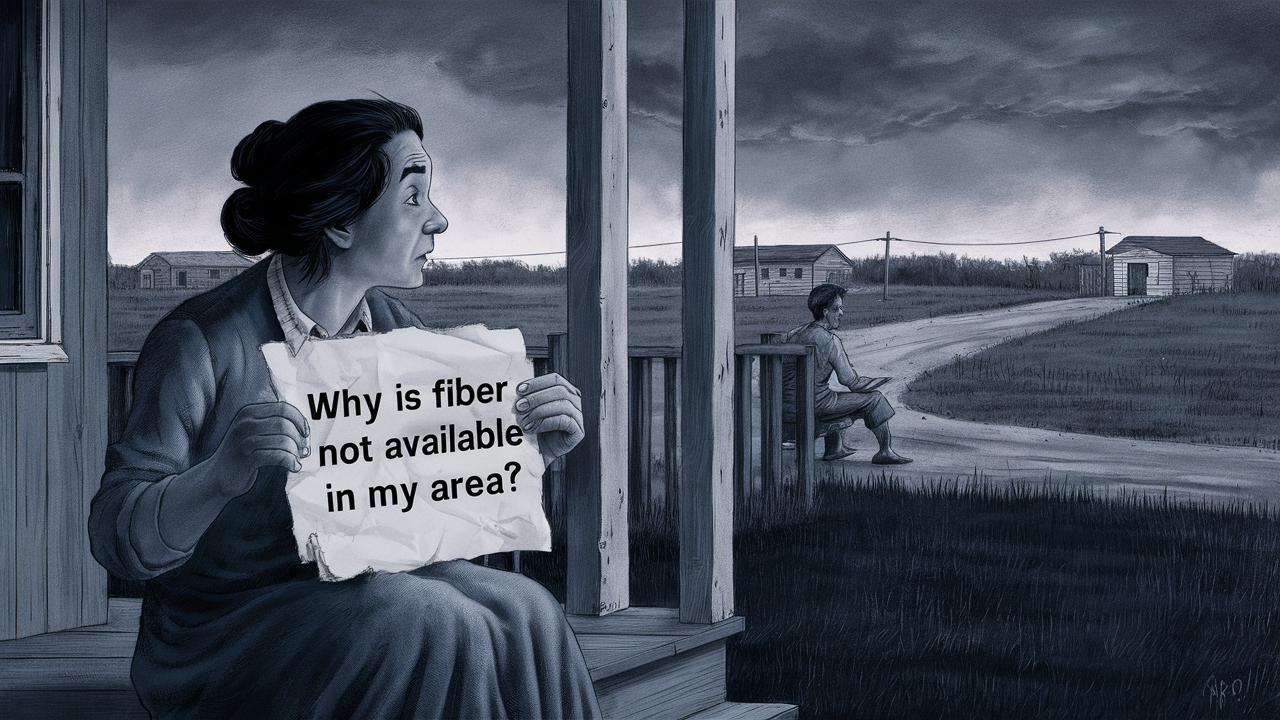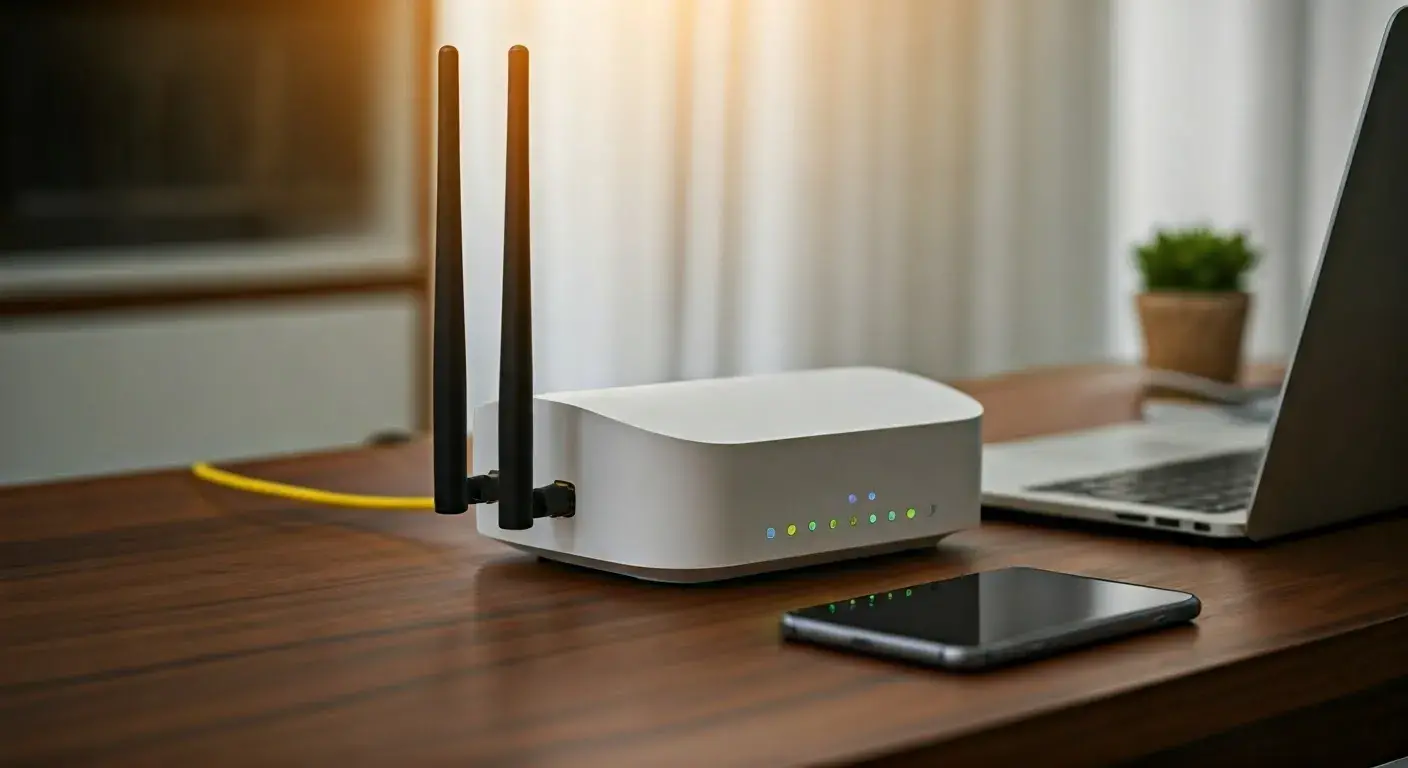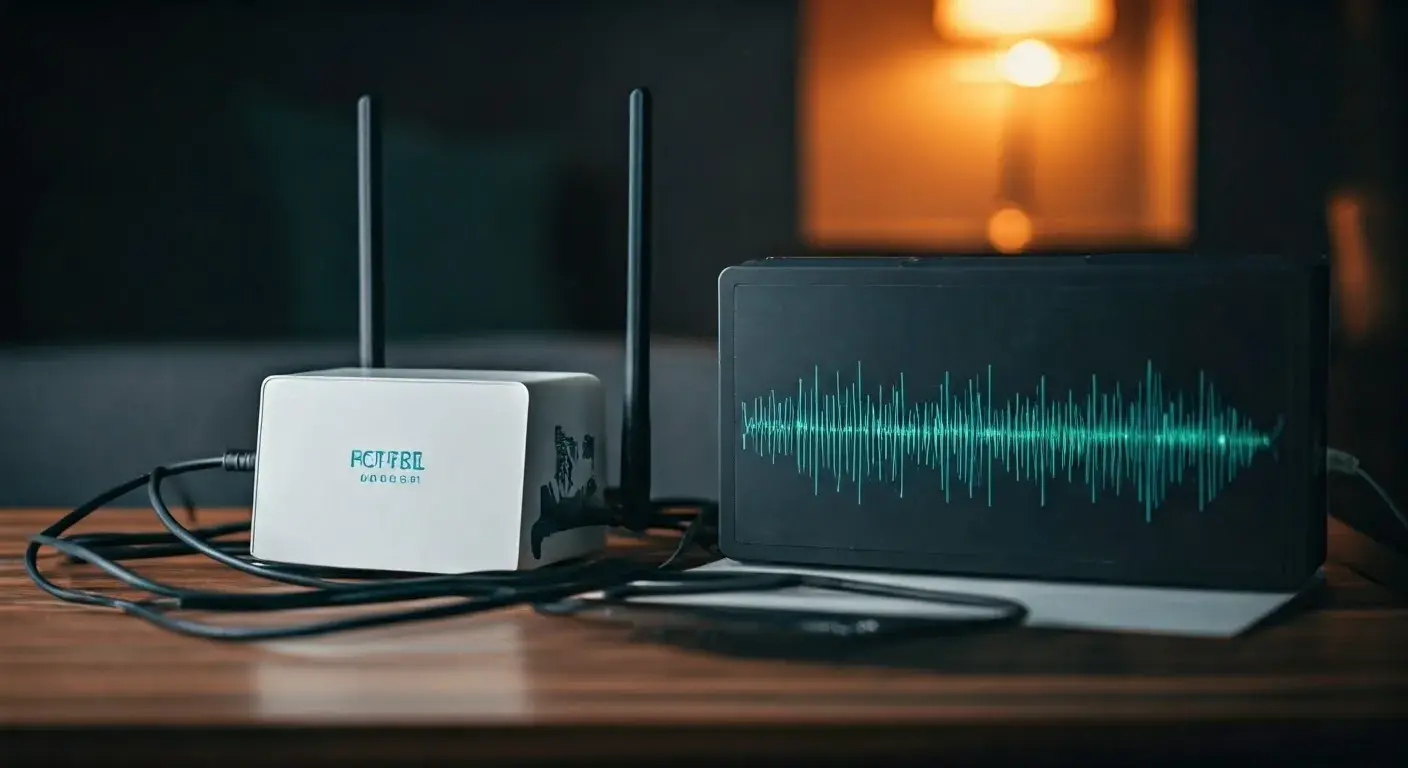Why is fiber not available in my area?

You might have been told that fiber internet is very fast and wondered why it is not offered in your region. It provides much higher Internet speed and less latency for the users so activities like streaming high graphic quality videos and playing online games are very effective. That is why, fiber internet is not a reality for everyone. However, several factors explain why fiber rollout has been rather slow up to this point.
The High Costs of Build-Out
Fiber optic internet infrastructure involves a massive capital investment from the internet service providers. These cables must be buried or hung on telephone poles to connect homes and businesses. This is a very time-consuming and costly process that needs special equipment, and personnel to pull the fiber lines through neighborhoods and cities.
Fiber optic cables cannot be placed parallel to electrical or cable TV lines like copper phone lines can. It is a technical and time-consuming process that requires permits for rights of way to place cable in trenches or over poles along roads and other public places. In general, the construction of fiber to support established telecom companies can cost between $2 and $ 5 billion before any returns are generated on the investment. Some cannot afford a large-scale, immediate fiber build-out.
The Complex Logistics
However, the cost factor is not the only reason why fiber cannot be made available widely; the fact that constructing fiber involves complex procedures also plays a part. Construction may be denied if the fiber hangs above the ground and the poles are almost to their maximum limit. Another challenge of burying fiber under roads includes interference with existing utility corridors.
Such providers need to plan network construction in phases so that the installation phase is not a problem. They usually start in high-density, high-demand regions first. This requires more time, money, and construction resources once the spread is made from there outward. This is due to operational challenges whereby network scaling up may take years before covering suburban and rural areas.
Lack of Government Incentives
Current and future fiber broadband is not cheap to deploy, which puts a damper on small and mid-sized internet providers who would wish to offer next-gen fiber internet. Traditionally, there has been little federal funding available for grants and other financial support for fiber optic Internet services. Larger subsidies have targeted technologies such as cable and DSL.
However, a few positive shifts in this area have emerged with the arrival of the 2021 infrastructure bill. This legislation allocates $65 billion to increase broadband in areas that lack it. One portion of this funding is given to the internet service providers that are implementing fiber networks. They are now building fibber internet incentives in government and despite their gradual nature, they are welcome.
You fail to meet the minimum density requirement.s
When it comes to costs and returns for fiber investment, there must be enough potential consumers to be connected in an area. Currently, most major telecommunication firms only offer residential fiber optics where the neighborhood has a certain density. This minimum density also differs from company to company but it can range from 20-100 homes per mile of fiber cable.
Rural areas rarely, if ever, meet these density requirements. Lack of adequate homes per mile of fiber means that profits are always in doubt for the providers, and returns on investments are only possible many years down the line. They say that focusing on more populated suburbs is possible since it helps to sign up new subscribers for fiber internet.
What Fiber Internet Options Are Available to M,e and When Will Fiber Internet Be Available in My Area
Nevertheless, strong fiber connections, which deliver gigabit offerings to homes and businesses, are the way to go. The fiber mini-boom that started 5-10 years ago is ongoing today, ay but has stagnated in many areas. Fiber is penetrating new markets every year. Thus, when can fiber make it to your neck of the woods? Here are some tips:
Verify Local Providers’ Plans
Your local phone/cable company probably has an interactive map of where they plan on deploying fiber services in the next 3-5 years. Check out whether your address is listed under any of the phases of construction.
Express Your Interest
Some offer to enroll on a mailing list to alert you when fiber service is being offered in your area. As a result, it may be wise to call them to inform them that you would subscribe for fiber if it is deployed in your region. They have more impetus to do so given evidenced customer readiness.
Relocate to a Fiber-Optic Community
If you are a renter and fiber matters to you, look up areas with fiber connections before searching for the next home. If an address is already connected for lightning-fast speeds, it is assumed that fiber is available.
Several factors influence the fiber optic internet growth including costs, competition, and population demographics. Yet network construction goes on to extend across the country to address the need for high-speed connectivity. Paying close attention to new local projects and build-outs, one might get a clue if and when fiber might come knocking at your door. Some patience would ensure that homes in almost all regions get to have fiber services.
Upgrade to faster, more reliable AT&T Fiber Internet today! Call us at +1 844-905-5002 and get connected with speeds that keep you ahead.





